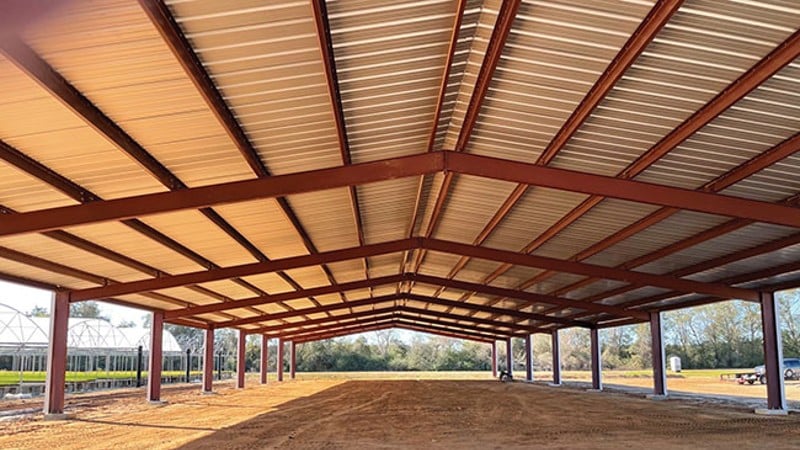
Updating Your Greenhouse for Efficiency
With growers today facing ever-increasing challenges such as rising labor costs, labor shortages, increased energy costs and the constant pressure to provide a top-quality product in a timely fashion, it is more imperative than ever for growers to streamline their production processes and operate in a highly efficient way. Since the cost of production has been rising more quickly than the prices a grower can demand, increased efficiency is the only way to maintain healthy profit margins.
But determining which areas to improve and where to start can be a daunting task. Florida-based Emerald Coast Growers is no stranger to embracing and tackling challenges. Its significant efficiency improvements over the last few years have positioned them as a thought leader in the industry.
The improvements didn’t just happen overnight or out of necessity. Over the past decade, Emerald Coast Growers embarked on a series of expansions and construction modification projects aimed at one primary goal: efficiency. While growers often target efficiency as a key goal for their operations, for Emerald Coast Growers, it has been an intentional, well-thought-out plan for their multi-location business headquartered in Pensacola, Florida.
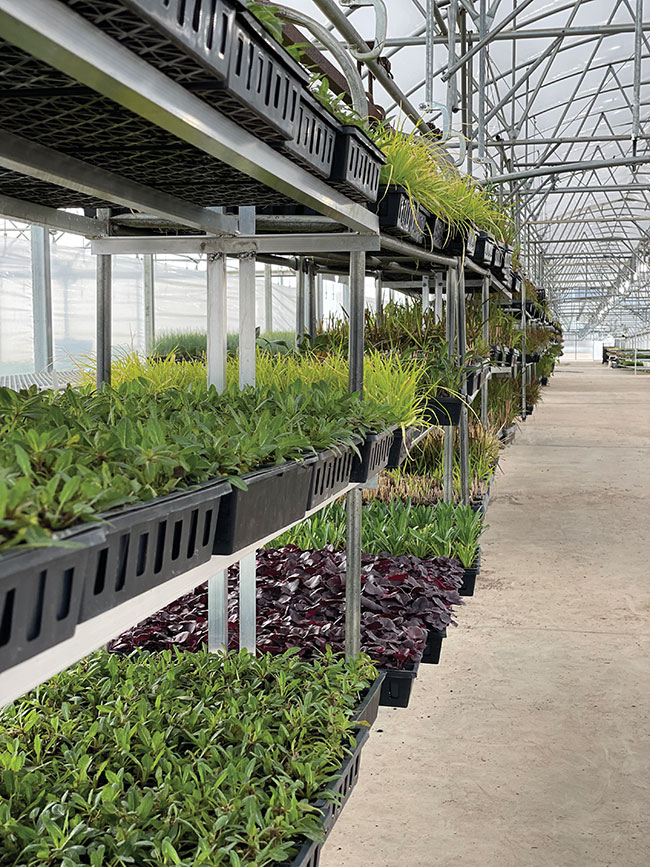
STREAMLINING OPERATIONS
More than 100,000 square feet of greenhouse space have been added in just a few years. Recent innovations include a seed house that puts the flat filler, Blackmore seed machine, LED germination racks, stratification cooler and temperature-controlled germination room under one roof. A monorail connects all areas to the connected seed greenhouse where seed trays are finished off before being sent out to ranges to be dibbled into trays, allowing the majority of the work to be carried out by a single grower. In addition, a consolidated soil mixing facility increased efficiency and allowed easier custom blending by crop.
While every improvement is advantageous, the most recent endeavor is the one that has made the biggest impact: the construction of a new shipping facility at its Milton, Florida, location. The project included a new acre of growing space, a 500-foot gathering headhouse and a new 8,750-square-foot shipping warehouse. Over 4 acres of the indoor growing space now feed directly into the shipping point, and that entire facility is served by monorail to facilitate product handling. A goal of the new shipping facility was to improve product flow into the shipping facility and get as much of the nursery connected as possible.
What prompted the need for a new, state-of-the-art shipping facility was the fact that previously all shipping was done from their Pensacola facility, but over the years of increased production volume, the need to move thousands of trays from production in Milton to shipping in Pensacola — which is 40 minutes away — became much too cumbersome, time consuming and costly. With logistics stretched to the max, it only made sense to move shipping to Milton. While the benefits to Emerald Coast Growers are obvious, their customers benefit tremendously as well. Less plant movement reduces the risks of damage, delay and product losses due to plant stress. A win-win for all.
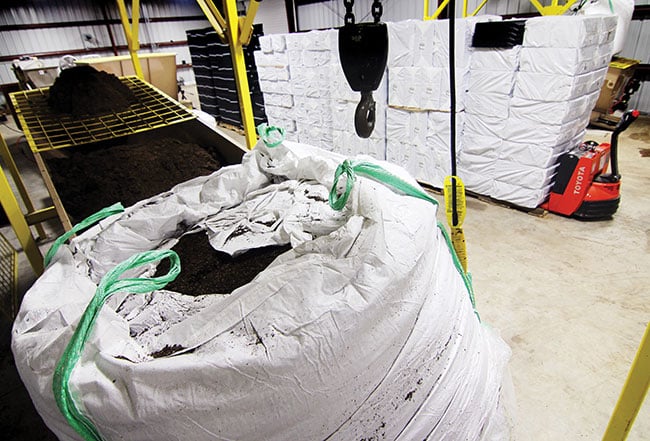
PRIORITIZING INVESTMENTS
Of course, where to best implement efficiency improvements varies greatly from grower to grower. When it comes to the top three opportunity areas for growers to increase efficiencies in the greenhouse, Josiah Raymer, general manager at Emerald Coast, points to automation, reduced handling times and lowering heating costs. Asked how Emerald Coast has leveraged those three opportunities at their locations, Raymer says, “We automated the greenhouse venting process, including roof vents and automated curtains. This reduces labor while providing more consistent temperature control.
“We reduced handling times by installing mist and irrigation in many of our houses, allowing us to propagate and finish on the same benches,” he says. “This eliminates the need for movement between propagation and finishing houses. “To improve our energy efficiency, we use structural elements such as double poly and tightening up air gaps to reduce heat loss, but we also plan our crop locations to take advantage of more efficient houses versus less efficient houses. By growing our warmer crops in efficient houses and cold or finished crops in our hoop houses we have been able to save a lot of fuel.”
When asked to share his top pieces of advice for growers who want to improve their efficiencies, Raymer shares these tips: “Automating your temperature regulation is a two-for-one deal: You save on labor in addition to getting rid of the temperature spikes or drops, which can improve plant health. The investment is well worth the cost. I’d also recommend spending some time breaking your crops and greenhouses into groups that you can shuffle around. You may discover some options for reducing crop movement or heating needs.”
Given that there are many production factors that growers can’t control, such as the input costs of materials, rising wages and rising shipping costs, it is more important than ever to take a critical look at one’s efficiencies and to identify and tackle opportunities for improvement. How often a plant is handled from start to finish is certainly an obvious area to try to improve. But growers need to look beyond the obvious and they will find that efficiencies can be improved in pretty much all stages and aspects of running a greenhouse.
Growers don’t have to tackle it all at once, and it doesn’t necessarily have to be a huge undertaking. Every little step matters, and eventually they will all add up to better efficiencies, reduced costs and the ability to achieve healthy profit margins. One step at a time.
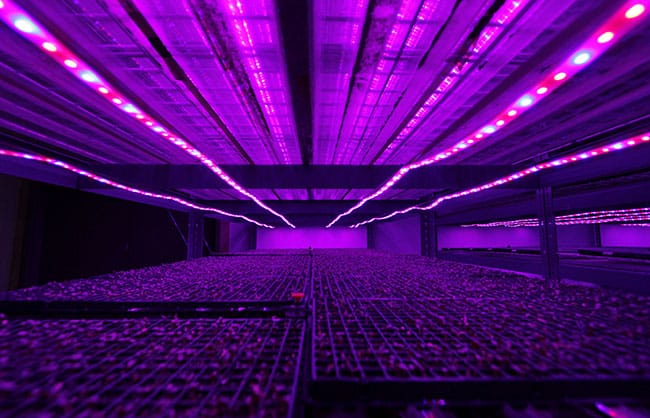
Sidebar: Efficiency in Heating
Thanks to their controlled environment, greenhouses are the perfect solution for keeping up with consumer demands and growing crops in areas with inclement weather. But with the boost in consumer demands comes the desire to make greenhouses more efficient.
Choosing the proper heating solution can go a long way in creating a more efficient greenhouse. There are multiple heating options available for greenhouses, including unit heaters. Unit heaters can provide a permanent heating source for greenhouses and an efficient heating alternative. While helping overall expense numbers, high-efficient products can decrease CO2 emissions.
Overall maintenance also has a positive effect on efficiency. It is important for commercial greenhouses to maintain regular heat during the winter months to ensure great growing conditions. If the unit heater isn’t properly maintained, it could result in crop losses. Regular preventative maintenance extends the life of the unit and will improve efficiency due to the unit operating at maximum capacity.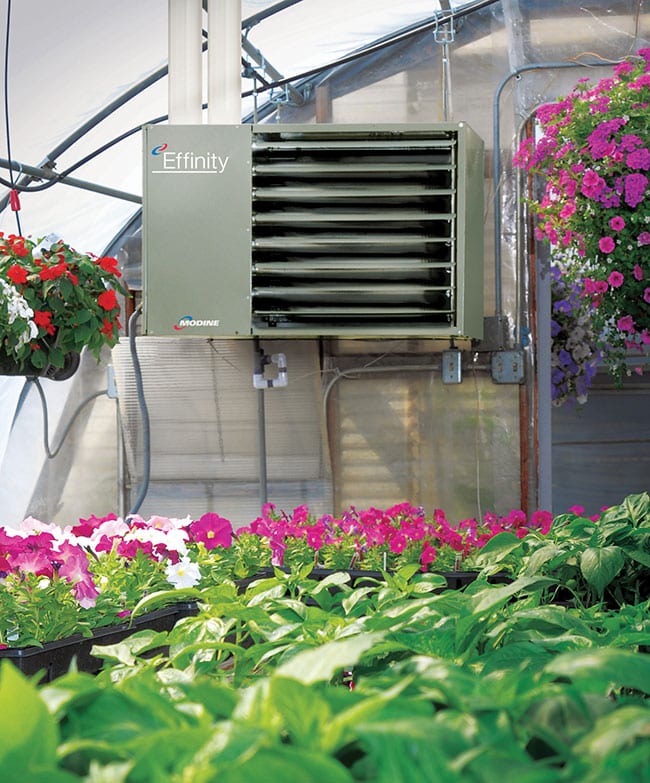
PROTECT HVAC COILS WITH COATINGS
Protecting the overall integrity of your greenhouse’s HVAC unit is also paramount for building an efficient environment. This is especially important for areas located along the coastline. These areas are susceptible to corrosion because of the increased moisture and salt in the air, creating an increased chance for HVAC systems to fail due to corrosion. For existing HVAC units inside your greenhouse, aftermarket protective coatings are an excellent solution.
These coatings help reduce the accelerated corrosion of HVAC coils and components and can be applied on-site after an HVAC unit has been manufactured and installed.
BETTER EFFICIENCY FOR YOUR GREENHOUSE
Having an efficient heating solution coupled with preventative maintenance will help increase the efficiency of your greenhouse and offset operating expenses. High-efficient unit heaters will lower CO2 emissions and lower energy costs. In addition, protective coatings for coils will keep HVAC units operating properly while maintaining efficiency.
For an enhanced reading experience, view this article in our digital edition by clicking here.


 Video Library
Video Library 




















